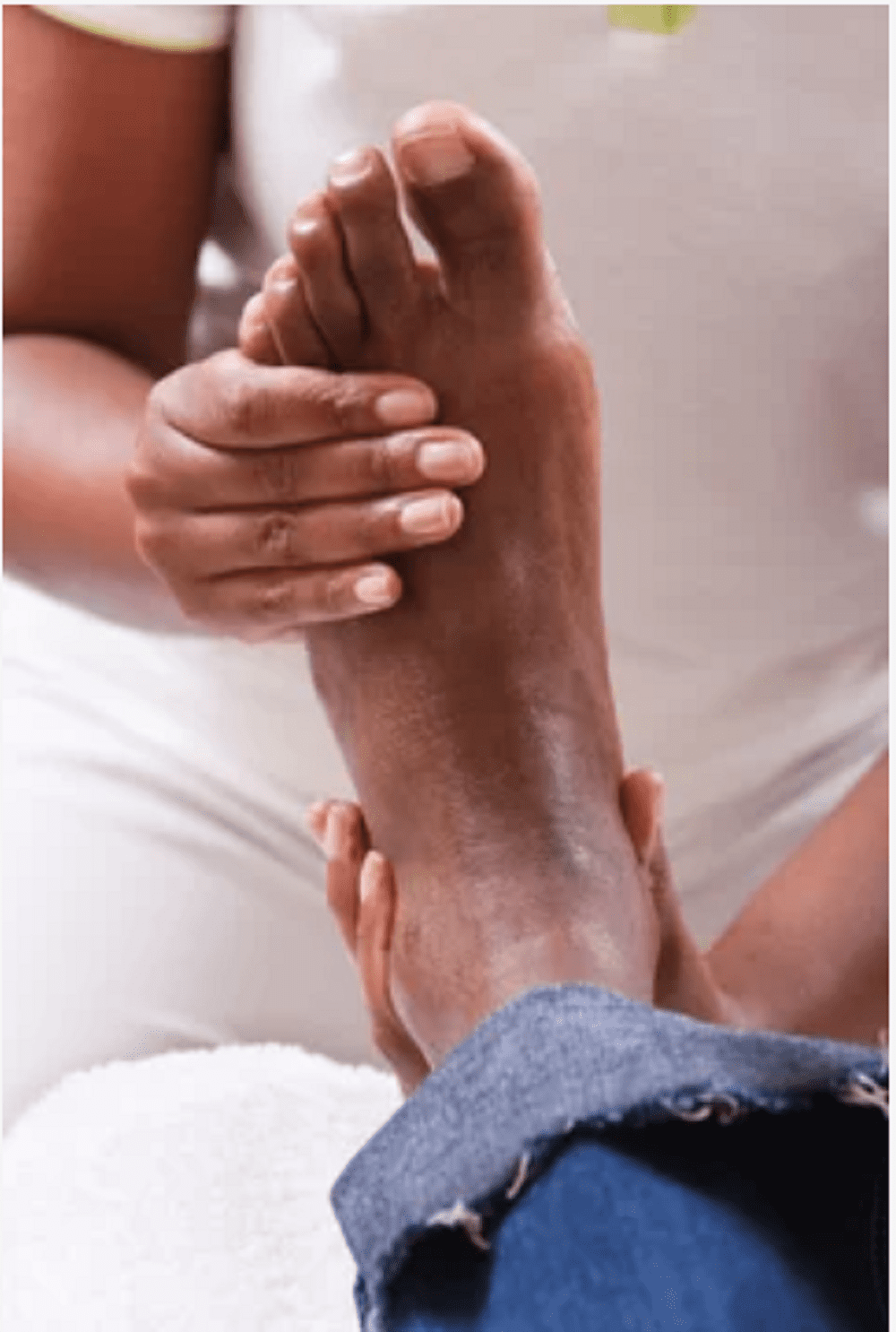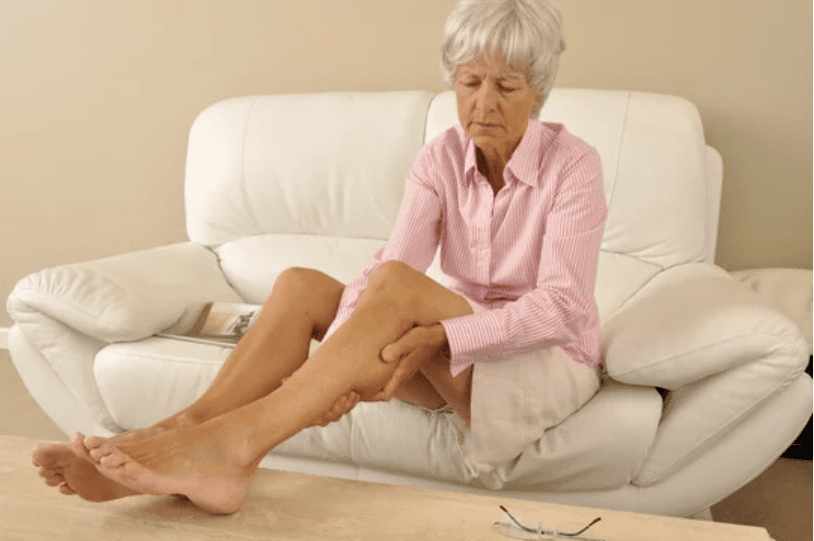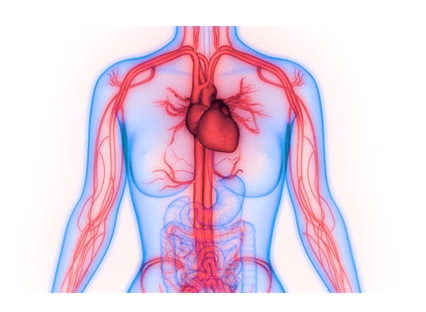
Slow-healing wounds and how they can predict your vascular health

You're going about your regular routine, cleaning the home and getting ready to meet up with a friend later in the day, when you notice a nagging discomfort in your calves once more. You dismiss the discomfort as “just getting older” or “wearing the wrong shoes,” as is customary. You get dressed, apply a tiny bandage to the leg wound that refuses to heal, and walk over to your favorite lunch location to visit your friend. On the way over, the ache starts to throb in the car, making driving difficult, but you push it out of your mind.
You remark to your friend during lunch that you have a wound that won't heal for a few months. You had never given it much attention before, but your friend advises you to see a doctor right away just to be sure. When you see your doctor a few weeks later, they inspect your non-healing wound and suspect it's due to a vascular ailment known as peripheral artery disease (PAD).
Slow-healing leg wounds are surprising frequent, especially as you become older. In reality, around 5% of persons over 65 will have delayed or non-healing open sores on their legs. Furthermore, underlying vascular problems such as PAD are the source of approximately 30% of all slow-healing ulcers on the legs.
It might be difficult to tell if a wound that isn't healing is a cut, a sore, an ulcer, or a wound caused by peripheral vascular disease. The majority of slow-healing wounds on the legs, ankles, or feet are caused by something other than aging. Tracking the development of a cut to see if it's just a cut or a wound caused by peripheral vascular disease is the best method to tell. Write record or photograph your wound and any changes it undergoes over the course of a few weeks. Always contact your doctor if your incision becomes bigger, deeper, leaks fluids, swells, or becomes painful. When you discover a cut that isn't healing, there are a few things you can do:
Call your doctor and describe your symptoms as well as the amount of discomfort you're experiencing.
Any leg wounds that do not heal should be covered and let to breathe for a few hours each day.
Dress comfortably in loose-fitting clothes and comfy shoes.
At least once a day, use antimicrobial ointment.
Always keep your slow-healing wounds clean.
Keep track of its development and notify your doctor of any changes.
If you suspect that an artery condition such as PAD is to blame, see a vascular specialist. Long-term unhealed sores on the legs are not natural, even as you age and your body stops creating new cells as fast as it did when you were younger. In addition, you should see a scab growing in a week or less. If your cut, sore, ulcer, or wound hasn't healed fully in two to four weeks, you should see a doctor.
It's critical to rule out any underlying causes of delayed wound healing so you can figure out why your leg wounds aren't healing. Fortunately, there are a few reasons and risk factors to be aware of so that you may take control of your vascular health.
If you've observed slow-healing sores or lesions on your legs, ankles, or feet, you might be worried about an underlying problem. Slow or non-healing wounds can be caused by a variety of factors, including:
Diabetes
Autoimmune infection or other problems with the immune system
Nutritional deficiencies
Sedentary lifestyle Sedentary lifestyle Sedentary lifestyle Sedentary lifestyle Sedentary lifestyle Sedentary Trauma
Poor circulation and vein disease
Peripheral Artery Disease (PAD) is a condition that affects the arteries (PAD)
The accumulation of plaque inside the arteries, known as peripheral artery disease, affects the lower limbs, causing unpleasant symptoms such as leg discomfort, muscle cramps, trouble climbing stairs, poor toenail or leg hair development, restlessness at night, skin color changes, and so on. Because critical oxygen and nutrients are not reaching your extremities, PAD frequently results in non-healing or slow-healing lesions on the legs, ankles, and feet. If your plaque accumulation is too extensive, the obstruction will cause impaired circulation in your legs, which is necessary for wound healing.
Furthermore, if your wound is infected, PAD might prevent antibiotics from being delivered. As a result, you may be using antibiotics to treat a slow-healing sore or wound, but they may not be reaching the right places. As a result, many wounds caused by peripheral vascular disease go untreated, resulting in a variety of consequences.
We are just a call or click away. To learn more, book an appointment online or over the phone with PeachState Advanced Cardiac & Endovascular. We have several locations in Georgia: Newnan, Atlanta, & Griffin.
You Might Also Enjoy...


Feeling Faint

Should I be worried about my numb feet?

Can leg cramps be a sign of something serious?

Meet Dr. Odiete - PACE Cardiovascular Specilaist


